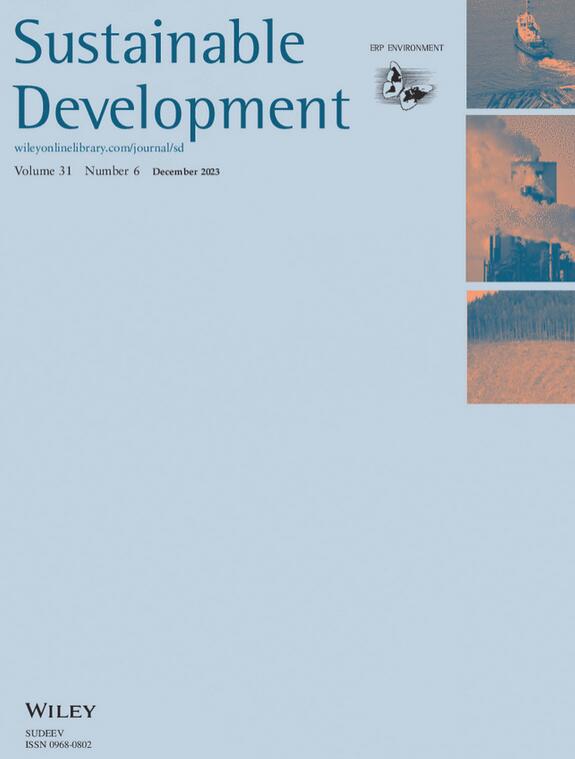Dismantling linear lock‐ins in the Australian AEC industry: A pathway to a circular economy
IF 9.9
1区 环境科学与生态学
Q1 DEVELOPMENT STUDIES
引用次数: 0
Abstract
The architecture, engineering, and construction (AEC) industry has struggled in its efforts to transition to a circular economy (CE) due to lock‐ins, where the industry remains entrenched in practices that resist this much‐needed transition. The solutions implemented so far have been unsuccessful. This failure can largely be attributed to the prevailing paradigm, which assumes that by sequentially removing barriers transition will naturally follow. However, this assessment overlooks the “lock‐in” effect of practices within the industry's linear model. A comprehensive, holistic “whole of industry” approach is essential to uncover these lock‐ins. In this context, O'Brien's “three transformational spheres framework” is introduced to examine how Australia's AEC sector is deterred from transitioning to a CE by three groups of lock‐ins, and provide viable recommendation to tackle them. Fifteen industry experts were interviewed, covering the three dimensions of the framework. The findings specify three levels of intervention that must be addressed in the industry and recommend an order for tackling them: first, political systems and structures; second, practical behavioral and technical responses; and finally, personal beliefs and values. This article contributes significantly to the field by outlining a comprehensive array of strategies for industry transition. Implementing these strategies in the discussed order has the potential to catalyze the long‐awaited transformation of the industry. This advances the theoretical framework concerning the adoption of a CE within the AEC sector and provides a reliable reference for policymakers, practitioners, and advocates who are orchestrating this transformative journey based on circular principles.拆除澳大利亚 AEC 行业的线性锁定:循环经济之路
建筑、工程和施工(AEC)行业在努力向循环经济(CE)转型的过程中遇到了重重困难。迄今为止实施的解决方案都不成功。这种失败在很大程度上可归咎于现行的模式,即认为只要依次消除障碍,转型就会自然而然地到来。然而,这种评估忽略了行业线性模式中各种做法的 "锁定 "效应。全面、整体的 "全行业 "方法对于揭示这些锁定效应至关重要。在此背景下,我们引入了奥布莱恩的 "三个转型领域框架",以研究澳大利亚的 AEC 行业是如何受到三类锁定因素的阻碍而无法向 CE 过渡的,并为解决这些问题提供可行的建议。15 位行业专家接受了该框架三个方面的访谈。研究结果明确了行业内必须解决的三个层面的干预问题,并建议了解决这些问题的顺序:首先是政治制度和结构;其次是实际行为和技术对策;最后是个人信仰和价值观。本文概述了一系列全面的行业转型战略,为该领域做出了重要贡献。按照所讨论的顺序实施这些战略,有可能推动期待已久的行业转型。这篇文章推进了有关在 AEC 行业内采用 CE 的理论框架,并为政策制定者、从业者和倡导者提供了可靠的参考,他们正在根据循环原则精心策划这一转型之旅。
本文章由计算机程序翻译,如有差异,请以英文原文为准。
求助全文
约1分钟内获得全文
求助全文
来源期刊

Sustainable Development
Multiple-
CiteScore
17.30
自引率
11.20%
发文量
168
期刊介绍:
Sustainable Development is a publication that takes an interdisciplinary approach to explore and propose strategies for achieving sustainable development. Our aim is to discuss and address the challenges associated with sustainable development and the Sustainable Development Goals. All submissions are subjected to a thorough review process to ensure that our readers receive valuable and original content of the highest caliber.
 求助内容:
求助内容: 应助结果提醒方式:
应助结果提醒方式:


